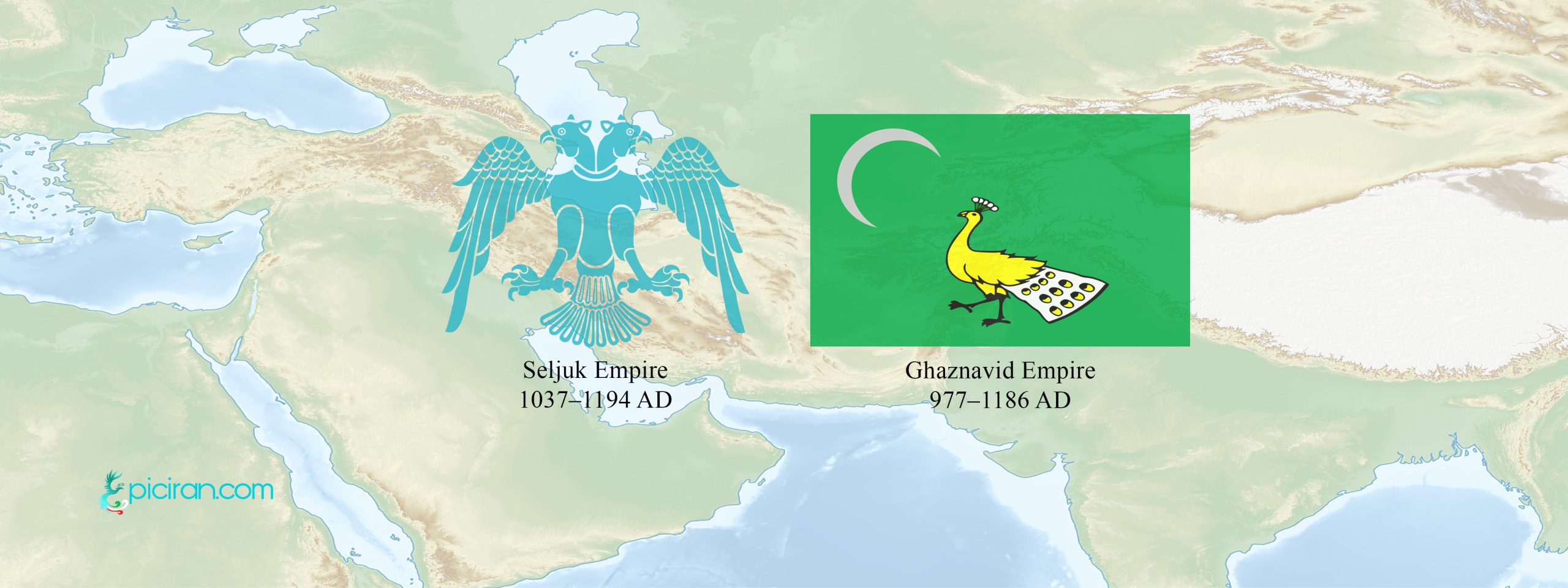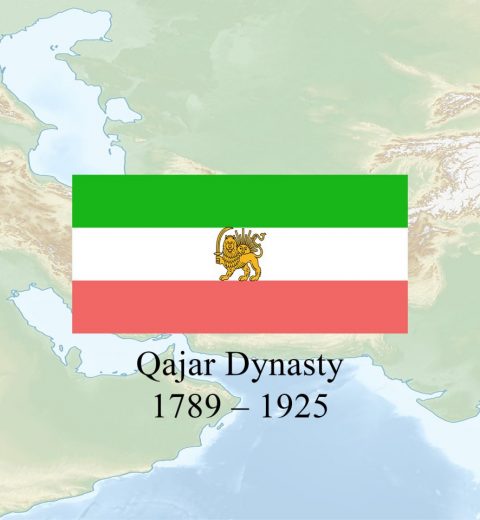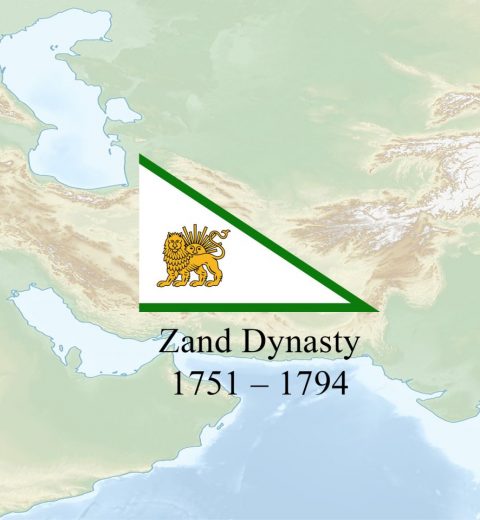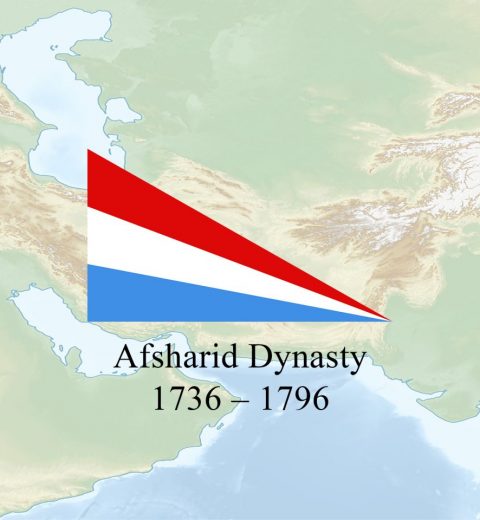The Eastern Turk tribes intended to infiltrate to Iranian plateau throughout the entire historical periods, but potent Iranian empires, especially the Sasanian, with actions such as the great wall of Gorgan, prevented the entry of Eastern tribes into Iran, but with the Arabian conquest and slogan of equality and freedom of them, Turkic tribes and troops immigrated to Iran, which led to changes in the social, ethnic and political structure of Iran.
Ghaznavid Dynasty
In the era of the Abbasids, there was a post that named the guard of the king, and these king’s protectors were usually chosen from the tribes of Turks, which had two reasons; the first reason was the physical power of the Turks, and the other was the suspicion of the Caliphs to the Persians and Arabs. Later, this tradition was also prevalent in the Samanids’ court. The strongest guards of the Samanid kings at this time were Alp Tigin and Sabuktigin who were from Turkic tribes, in the last years of Samanids due to the weakness of the Samanid dynasty, Alp Tigin conquered Ghaznin and declared his independence from the Samanids, after which he became the King of Ghaznavids.
After him Sabuktigin developed the territory of Ghaznavids with frequent attacks on the Indian lands after the reign, Mahmud was the next king of this dynasty. He declared himself obedient to the Abbasid caliph, the main concern of the Caliph at this time was to prevent the promotion of the Shia religion in the East of the Islamic area, which Mahmoud used this anxiety and attacks to the Shiite areas. Mahmoud attacked India repeatedly on the pretext of eliminating disbelief and promotion of Islam then received many trophies and sent some of them to Baghdad for Abbasid caliph. One of the most important cultural events of Mahmud Ghaznavi’s time was the writing of Shahnameh and the support of Ferdowsi, a great Iranian poet.
After the death of Mahmud, his son Mas’ud became the King of Ghaznavids. After Mas’ud, other kings sat on the throne, all of them agreeing on the support of writers and poets. Among the most celebrities of this era can mention Masud S’ad Salman and Abu al-Ma’ali Nasrallah. Finally, with the attack of the Seljuks in eastern parts of Iran, the Ghaznavids were extinct. Seljuks were another one of the Turkic tribes in Iran that rule in Iran after the Ghaznavids.
Seljuk Dynasty
The Oghuz Turks, later known as the Seljuks, were another one of the Turkic tribes in Iran that immigrated during the period of Sultan Mahmud Ghaznavi near the current Sarakhs but with the weakness of Ghaznavids This tribe was led by Tugril I defeated Mas’ud during the battle that occurred near Sarakhs and he founded a new dynasty. Tugril named the Seljuks for the new dynasty in honor of his own ancestor.
The Seljuk dynasty was the first potent empire with long and wide territories in Iran after Islam, which their dominated lands expanded from India to the Eastern Mediterranean but the role of Iranian ministers and secretaries was undeniable. Tugril had a very good relationship with the caliph, Tugril married the Khalifa daughter, and this family relationship had consequences, including the physical and intellectual conflicts of Sunni Seljuqs with the Shiites, especially the Isma’ilism. With the death of Tugril, his nephew, Alp Arslan, came to rule. At the beginning of his reign, Nizam al-Mulk Tusi became his minister. Alp Arslan succeeded in defeating Byzantine Empire in the Great Battle of Manzikertb expanding the Seljuk territory to the widest possible extent.
After that, Malik Shah I continued with the ministry of Nizam al-Mulk, he succeeded to set peace and security in his wide territory. After the death of Malik Shah, chaos and turbulence began in the country and the Seljuk empire fell down but with the reign of the other Seljuk king Senjar the chaos decreased slightly. By the death of the last Seljuk king, Tugril III, the Seljuk kingdom was finished and extinct as the last one of Turkic tribes in Iran.




